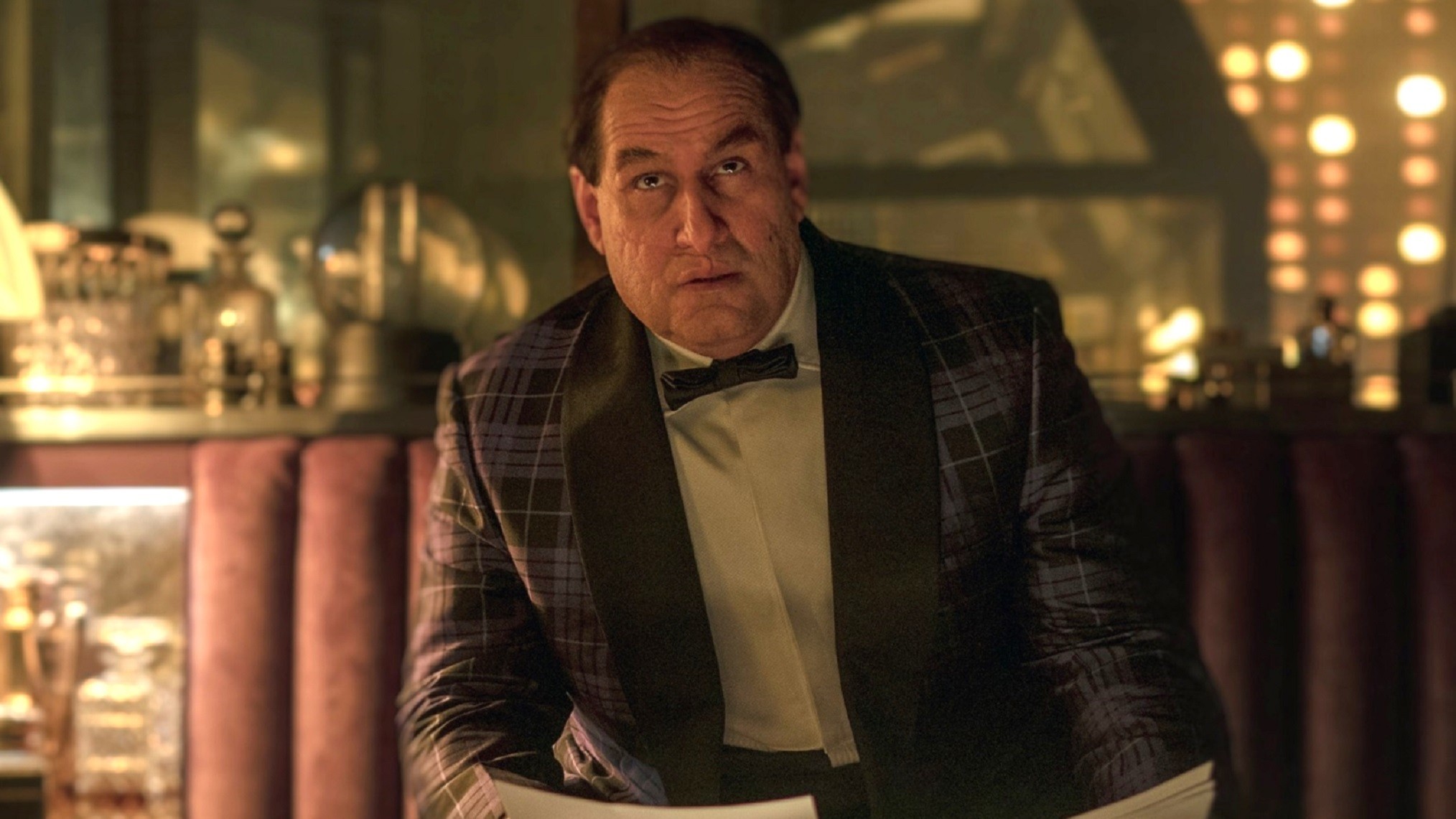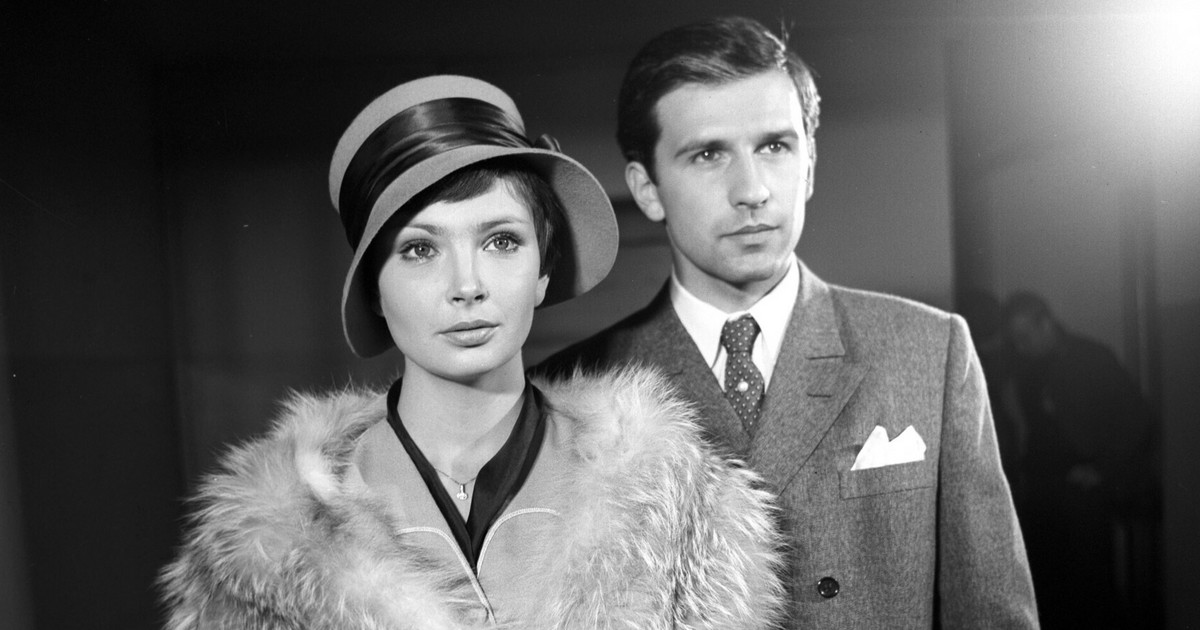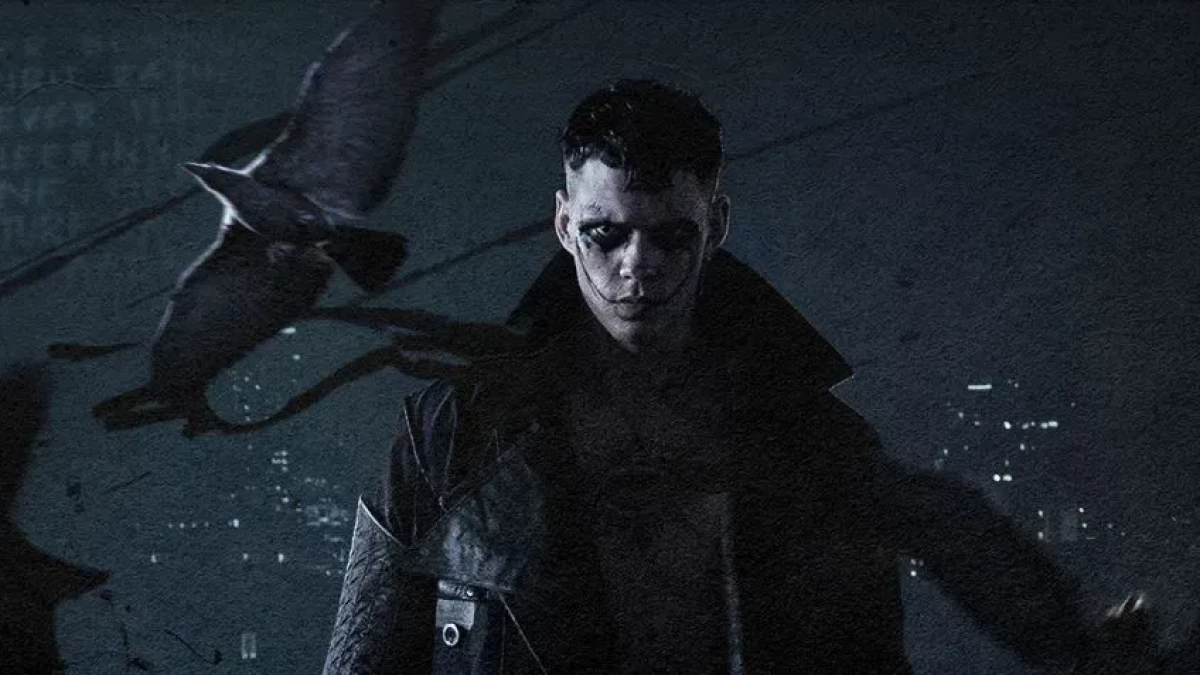The film is directed by Wojciech Jerzy Haas “Sanatorium under the hourglassIt premiered on December 11, 1973. It is a free adaptation of Bruno Schulz’s prose, based on four stories from the collection “Sanatorium pod Klepsydrą”.
Haas’s film is a fictional story about Joseph (Jan Nowicki)which is located in Dr. Gothard’s mysterious asylum outside of time (Gustau Holubek) He meets his dead father. Returning to the small Jewish town in which he lived his childhood, remembering his father’s character and his first unfaithfulness in love, the hero faces adulthood.
A visit to the sanatorium takes Joseph into a surreal world on the border between reality and dream. He travels through different episodes of the past – childhood years and wonderful dreams. The family home, a small Jewish town, his father’s shop with which he had no contact, and the garden of the extraordinary Bianca (Bozena Adamek), who rejected his love and left with his friend Rudolf (Philip Zilber), and the frivolous Adela (Halina). Kowalska) come to life.
Tadeusz Kondrat (Marek Kondrat’s father) played Father Joseph. The staff of the “Sanatorium pod Klepsydrą” also includes, among others: Irena Orska (Joseph’s mother), Mieczeslaw Voigt (blind conductor), Henryk Pokolovski (firefighter), Janina Sokolowska (nurse) and Ludwig Benoit (Shloma).
The painting received several important awards, including: Special Jury Prize of the Cannes International Film Festival in 1973. Andrzej Płocki and Jerzy Skarżyński were honored with the Interior Design Prize at the 1st Polish Film Festival in Gdańsk in 1974. The author of the images is Witold Soboczynski (“Wedding”, “Land Promised”, “Gate of Europe”), and the music was composed by Jerzy Maksimuuk (“The Mystery of the Mystery”, “The Stone Tablets”, “Chopin”. The Desire for Love”).
Although Haas’s film is today considered a Polish classic, it was not received well by local critics immediately after its premiere. Most reviewers She accused the director of the excessive “literalism” of Schulz’s prose and the excessive design of the set.
He began work on the film in 1972. He clearly did not intend to adapt Schultz’s stories verbatim. Iwona Gródź wrote in the book “Zaszyfrowane in the image. About the feature films of Wojciech Jerzy Has” that the director’s goal was “to capture and depict what we call the poetics of the work: its unique, closed world, its atmosphere, its colour. Its form.”
When the “Sanatorium pod Klepsydrą” was completed, Wojciech Jerzy, despite the ban imposed by the Communist authorities, The film was sent to the Cannes Film Festival. The film won a Special Jury Prize, and the director was banned from directing for ten years.
“Sanatorium pod Klepsydrą” is today considered one of the most beautiful and visually original Polish films. In 1986, Jacques Séclier wrote in Le Monde that “The Hourglass Sanitarium” is a milestone in the history of the language of cinema and an absolute masterpiece. This is not a film intended for a mass audience, but it will touch anyone with a sensitivity to true art.
“A poetic meditation on the transience and irreversibility of death. He brought to the screen a dream world studded with fragments of childhood memories, in which various elements were mixed: the Austro-Hungarian monarchy, the border subculture of Jewish towns and dreams. A little child” – we read in the “Dictionary of Polish Films” “Stories “Distinctive.”
“When Schulz’s prose has the color of a faded texture – Hasa’s ‘Sanatorium pod Klepsydrą’ captivates the eye with its morbid colors preceding death, or in other words: with a morbid and somewhat artificial return to life. Everything seems to be fine,” the critic wrote. Konrad Eberhart in “Kino”: “He rose in the tonal register, becoming on the one hand more terrible, and on the other – more charming.”
“Apparently, trivial actions, such as looking out of a frosted window, crawling under the bed, bending down to catch a butterfly, or climbing the wall, lead to unexpected consequences: suddenly Joseph finds himself elsewhere, transported to a new area of the dream.” Adjacent Vaguely similar to the previous dream. So this is the time when she can become the main character of the film,” wrote Anne Guerin Kastel in “Kwartalnik Filmowy”.
In addition, Martin Scorsese considered The Hourglass Sanatorium one of the most important films in the history of Polish cinema. Although 50 years have passed since its first showing, the film is still subject to different interpretations and intense analysis. In 2023, the film was shown in Polish cinemas as part of the series “A Brief History of Polish Cinema”.
Read more: A brief history of Polish cinema in arthouse cinemas as of February 1

“Amateur social media maven. Pop cultureaholic. Troublemaker. Internet evangelist. Typical bacon ninja. Communicator. Zombie aficionado.”










